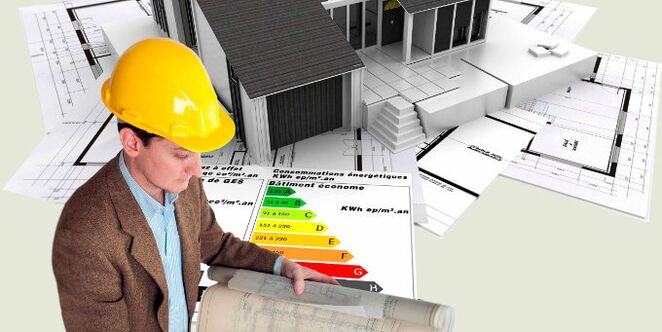

Energy savingIt is a set of measures to reduce the degree of negative impact on the environment and save the purchase of energy resources.
The "Energy Conservation and Energy Efficiency Plan" is a document that establishes certain rules for professional organizations in the field of energy conservation.
Which institutions and organizations need to implement energy conservation plans:
Organizations whose activities are regulated by the government;
National and municipal institutions;
Enterprises engaged in the production or transportation of fuel and energy resources (fuel and energy resources);
Organizations whose energy efficiency and energy conservation programs are funded by local (federal) budgets;
Organizations that spend more than 50 million rubles on fuel and energy resources each year.
The purpose of the plan-Conservation of heat and power, natural gas, automobile fuel, water, etc. , rational use of resources, and the organization of an overall integrated approach when implementing various energy-saving procedures.
The plan objectives are achieved in the following ways:
Increase the productivity of electricity and heating systems, water supply and sewage systems;
Use efficient equipment and materials;
Introduce the latest and proven energy-saving technologies;
Installation of metering device;
Organize various measures aimed at saving energy and resources. For example, training employees, monitoring the operation of heating equipment, tracking energy consumption dynamics, etc.
On the basis of these normative documents, energy conservation plans are being developed:
"On Energy Saving and Energy Increase";
"Regarding the requirements for regional and municipal projects in the field of energy conservation. . . ";
"Supplementary Measures to Promote Energy Conservation";
"About improving the efficiency of energy and water use. . . "
"Procedures for the development of energy conservation and energy efficiency improvement programs for organizations that carry out regulatory activities"
The above program did not fail including:
Information about the target indicators that can show the reduction in consumption in kind and under comparable conditions;
List of energy-saving (organizational, administrative, technical, integrated and automated) measures;
Comment;
Passport of the program.
The development stage of the plan:
First, experts collect data on resource consumption in the last year of business operations. This is due to the readings of measuring equipment and accounting documents;
Then (if necessary) conduct an energy survey of the building and structure. The reasons for the unreasonable consumption of energy resources are being clarified. Assess the possibility of energy saving;
Defines energy consumption goals and indicators. Energy efficiency measures are being developed and the technical and economic indicators of these measures are being calculated. Determine the amount and source of funds;
The pass for the energy efficiency program is under development.
The main points of formulating and implementing energy saving plan:
The budget organization must reduce consumption by at least 3% each year. Managers of budget funds monitor compliance with this requirement, and more than 3% of savings are left in enterprises or institutions;
It is forbidden to purchase products with inefficient energy consumption. These are incandescent lamps and so on. At least 5% of the lighting fixtures purchased must be LED lights. At least 10% of installed insulating glass units must have a low-emission coating;
A mandatory event is the installation of metering equipment.
For organizations carrying out regulated activities (transmission of electricity, water, heat, etc. ), if there is an existing investment plan, the energy saving and energy efficiency plan is formulated for a period of 3 years-during the plan period.
























